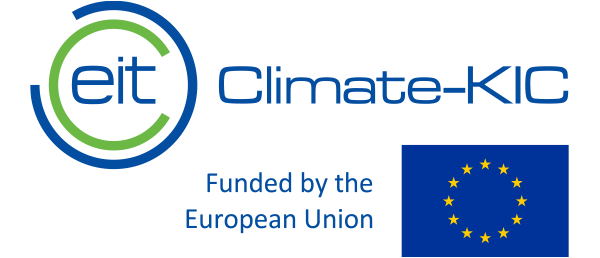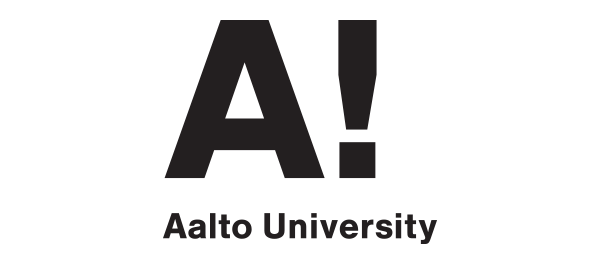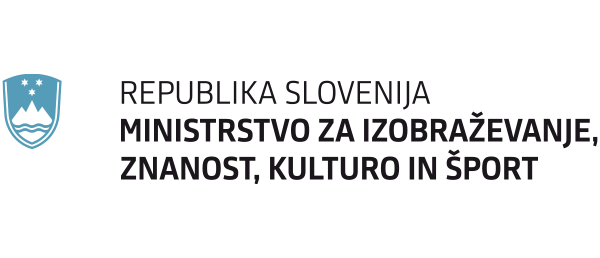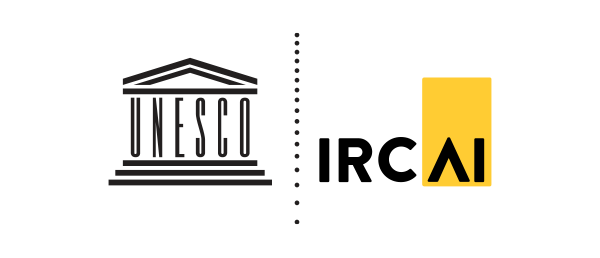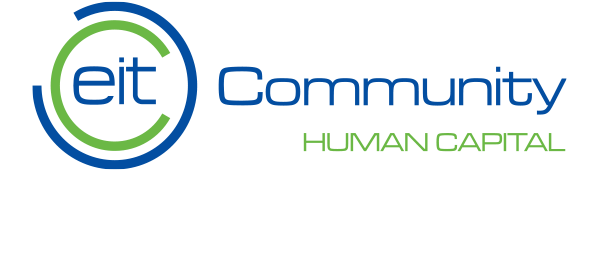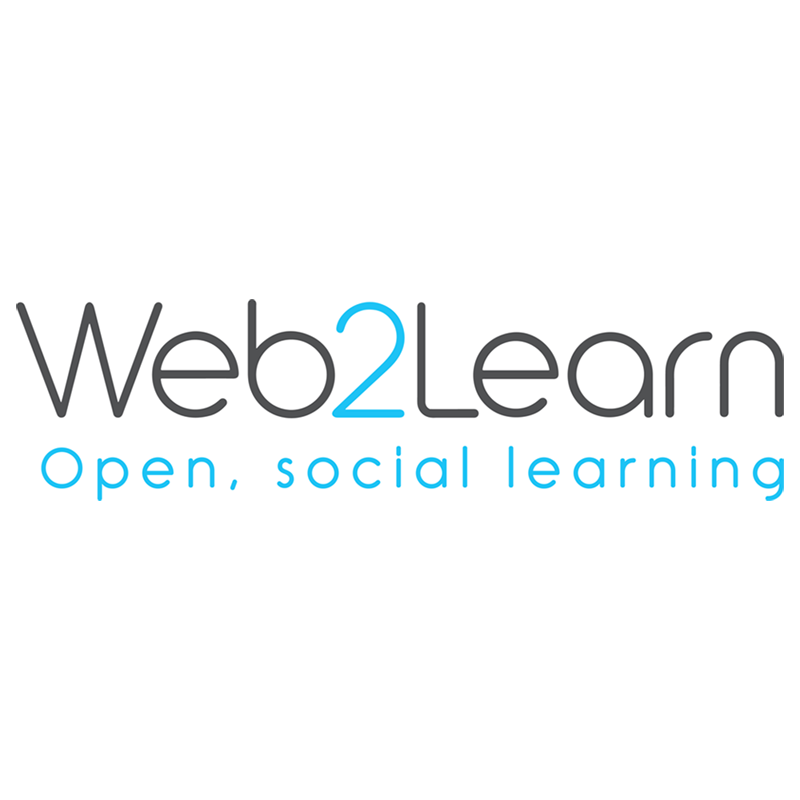
winner
Disneylingual
We decided to create solutions concerning biodiversity and animal injury. Our goal was to approach this thematic in a fun and friendly manner and so we chose Disney movies in order to complete our goal. We have created a fun board game, a video with interactive and online activities and a puzzle
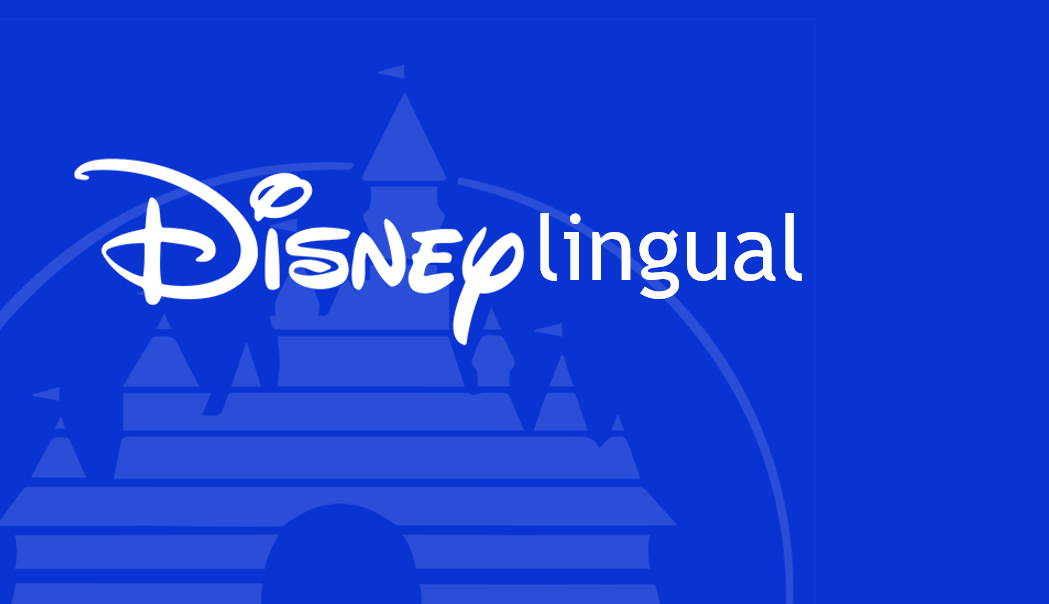
Team: M.A.P.A. (Multilingual Animal Protection Association)
Team members
Natalia Koutsougera, Ioannis Mentas , Sophia Ifigeneia DouvanaMembers roles and background
- All team members share the same responsibilities equally. We are postgraduates' students in Aristotle University of Thessaloniki, in our first semester of our MA with title “Didactics and New Technologies in Linguistic Communication”
Contact details
Solution description
On the occasion of the “Hackathon” competition, we were challenged to create solutions concerning biodiversity and animal injury. Our goal was to approach this thematic in a fun and friendly manner and so we chose Disney movies in order to complete our goal. We have created a fun board game, a video with interactive and online activities and a puzzle in order to promote language and environment awareness. The languages, which have been chosen, are Russian, French, English, Turkish, Japanese and Arabic. We have worked as a team throughout the period of this hackathon in order to achieve our goal, which was the creation of fun and educative activities that promote collaborative thinking and active imagination.
In general, children tend to be more active and engaging when it comes to exercises that have colours, interesting topics and activities that are based on games and entertaining actions and furthermore when they engage with familiar “characters” of their childhood. We have also chosen a serious, yet interesting and challenging topic that can serve a double cause: both raise awareness about the biodiversity-animal injury and give the opportunity to children to engage with unfamiliar languages. Finally, the reason we chose those specific languages is that they are spoken in different parts of the world and include different cultures and perspectives but still children can observe and find similarities.
- Our final activities aim to promote digital interactive education to elementary school students. We have created activities based on the classic game trivia, videos and online activities in order to help students come in touch with different languages from different areas of the world and cultures, through an environmental and biodiversity problematic. We believe that our activities can promote digital and long-distance learning as they promote learning via fun. The success can be measured though the student’s participation. It’s not vital that they find the correct answers; our primary goal is to help children learn about other languages, see how they are written or spelled and realize that some problems, such as animal injury do not recognize language or cultural barriers. In addition, the solutions can be used in an actual classroom or in distance learning. The board game can be a fun way to promote teamwork. Furthermore, we thought that the exercises should not be too hard or excessively challenging because they are not meant to be a knowledgeable test, but a get-to-know opportunity. Students are welcome to use their previous experience, logic, imagination and they can even guess the correct answers as long as they are willing to participate and have fun! All they must do is watch our videos, share their ideas and guesses and discuss what the languages we see are about. Then, they can explore the ultimately fun board game that we created which is based on the familiar game “trivial”. Every child can play that game, whether individually or as a team and discover fun facts about our chosen languages and the theme of our activities. We truly aim that all participants will amuse themselves and realise that languages are interesting, they carry the cultural heritage of each country and are the voice of our thoughts and feelings.
Solution context
- We did not face serious problems because this is our second year participating in this challenge. We aimed to include languages that are spoken in different parts of the world and have other differences such as different alphabet and phonological characteristics. We believe that we managed to overcome these «challenges » and create the final activities that both are informational as well as fun, challenging and educational. Technology has been a valuable ally on this Hackathon and we have used it as well as possible in order to create our activities. For example, we searched online about information that had to do with our main theme; we used online dictionaries and translators in order to find the correct words and pronunciations. We keep in mind that through the creation of this game we ended up learning too, about languages, cultures and our thematic!
Solution target group
- While working on our project, we decided that our target group would be elementary school students, where children have a first contact with the foreign language. The goal anyway is language awakening at this young age and not learning. That’s why we didn’t intend to include hard or extremely complicated exercises, but simple activities that combine children's play and extracurricular interests with education. Therefore, we also managed to include visual aids, images and videos.
Solution impact
- The solution impact doesn’t apply only to language learning but also to a universal problem such as animal injury. The common problem that exists for everyone is the excessive animal killing and torture recklessly by human hand. Moreover, is there a better way to deal with this problem than to wake up and raise awareness among young people? Language indicates the universal profile of this problem and promotes the unification that we need to terminate these practices.
Solution tweet text
Walt Disney once said “To the youngsters of today, I say believe in the future, the world is getting better, there still is plenty of opportunity.” We used that magnificent universe to educate children in multilingualism and biodiversity aiming to a better future!Solution innovativeness
- Our team did not use the traditional ways of learning! Children nowadays will hardly be interested in completing a piece of paper that will be given to them in class. Fortunately, the technological development of today introduces us to the digital world. Our team managed to develop activities that are completed through a tablet, a computer, or a mobile phone. Surely, students will be more interested than solving a class quiz on a piece of paper. Finally, concerning our trivial board game, it’s an all-time classic!
Solution transferability
- Our activities are simple and can be used at any educational context, at any school subject or general idea, or even at home.
Solution sustainability
- Each educator can take the chance to create a board game, or an interactive video or even a simple online activity and adjust it to his or her needs and goals.
Solution team work
As a team, we often work together during our MA degree, so we have excellent chemistry and communication. We managed via technology and face-to-face interaction to work, exchange ideas and doubts, discuss, disagree and finally come to a conclusion. We like to work and face challenges together as a team and we hope to participate a third time in Hackathon.
Downloads
* Climate-KIC publishes the proposed solutions developed during the DigiEduHack event solely for the purposes of facilitating public access to the information concerning ideas and shall not be liable regarding any intellectual property or other rights that might be claimed to pertain to the implementation or use any of the proposed solutions shared on its website neither does it represent that it has made any effort to identify any such rights. Climate-KIC cannot guarantee that the text of the proposed solution is an exact reproduction of the proposed solution. This database is general in character and where you want to use and develop a proposed solution further, this is permitted provided that you acknowledge the source and the team which worked on the solution by using the team’s name indicated on the website.


